Advanced AI Image Techniques: Secrets for High-Quality Results
Secrets to Producing High-Quality Images with Advanced AI Techniques
Creating truly exceptional AI-generated images requires moving beyond basic prompting into sophisticated techniques that professional creators use to achieve consistently stunning results. While anyone can generate decent images with simple prompts, producing gallery-worthy, professional-quality visuals demands understanding advanced methodologies and strategic approaches that separate amateur results from professional-grade outputs.
The difference between good and extraordinary AI-generated images often lies in subtle technical details, strategic prompt construction, and systematic quality optimization approaches that most users never discover through casual experimentation.
This comprehensive guide reveals the advanced techniques, insider secrets, and professional methodologies that top AI artists and commercial creators use to produce consistently high-quality images that meet the demanding standards of professional applications, client work, and artistic excellence.
Understanding Quality Fundamentals
Defining High-Quality AI Images
Professional-quality AI images exhibit technical excellence, including sharp focus, appropriate resolution, consistent lighting, accurate proportions, and coherent composition that serves the intended purpose effectively.
Visual coherence ensures all elements work together harmoniously, with consistent style, lighting direction, color temperature, and perspective that create believable, polished results worthy of professional applications.
Technical precision involves accurate representation of materials, textures, shadows, reflections, and physical properties that create convincing realism or intentional stylization executed with professional competence.
Aesthetic appeal transcends technical accuracy to create images that engage viewers emotionally while communicating intended messages effectively through compelling composition, color harmony, and visual impact.
Quality Assessment Criteria
Resolution and clarity standards vary by intended application, with web content requiring different specifications than print materials, large-format displays, or high-resolution archival purposes.
Color accuracy and consistency become crucial for commercial applications, requiring proper color space consideration, monitor calibration awareness, and understanding of how colors translate across different display and print media.
Compositional excellence involves strategic placement of elements, effective use of negative space, balanced visual weight distribution, and a clear focal hierarchy that guides the viewer's attention purposefully.
Technical artifact identification helps recognize and eliminate common AI generation problems, including distorted anatomy, impossible physics, inconsistent lighting, and unrealistic material properties that diminish professional credibility.
Advanced Prompt Engineering Techniques
Layered Prompt Construction
Professional prompt construction involves building descriptions in logical layers, starting with core concepts and systematically adding supporting details that enhance rather than confuse the AI's interpretation process.
Primary elements should establish the main subject, setting, and basic composition before adding style modifiers, technical specifications, and atmospheric details that refine the overall vision.
Secondary details, including lighting conditions, color schemes, artistic approaches, and mood descriptors,s should complement rather than compete with primary elements for AI attention and processing priority.
Tertiary refinements such as texture specifications, background elements, and technical parameters provide final polish without overwhelming the AI system with conflicting or excessive information.
Strategic Keyword Placement
Opening keywords carry disproportionate weight in AI interpretation, making strategic placement of the most important concepts at the beginning of prompts crucial for achieving desired results consistently.
Quality modifiers such as "masterpiece," "professional photography," "award-winning," and "high resolution" should be positioned strategically to influence overall generation quality without overwhelming specific content requirements.
Style and technique keywords work most effectively when grouped logically rather than scattered throughout prompts, helping AI systems maintain consistent artistic approaches across all image elements.
Negative space in prompts allows AI systems to make creative decisions within defined parameters, balancing specific requirements with artistic flexibility that often produces superior results.
Context and Specificity Balance
Providing sufficient context helps AI systems understand the intended use, audience, and cultural considerations that should influence generation decisions and aesthetic choices.
Specific cultural references, historical periods, geographical locations, and social contexts guide AI systems toward appropriate visual representations that respect accuracy and cultural sensitivity requirements.
Technical content,xt including intended medium, viewing distance, reproduction method, and final application, ion influences generation decisions about detail levels, color choices, and compositional approaches.
Emotional context through mood descriptors, atmosphere keywords, and psychological tone specifications helps AI systems select appropriate visual elements that support intended emotional responses and viewer engagement.
Platform-Specific Optimization
DALL-E systems respond exceptionally well to conversational, detailed descriptions that read like natural explanations of desired scenes, emphasizing relationships between objects and spatial arrangements.
Midjourney benefits from artistic terminology, aesthetic references, and style-focused keywords that leverage its strength in creating visually striking, artistically enhanced imagery.
Stable Diffusion offers the most flexibility for technical parameter adjustment, benefiting from understanding specific model strengths and community-developed optimization techniques.
Each platform's unique characteristics require tailored approaches to prompt construction, parameter selection, and quality optimization strategies for achieving consistently superior results.
Technical Parameter Mastery
Resolution and Scaling Strategies
Understanding optimal generation resolutions for different AI models prevents quality loss from inappropriate scaling and ensures efficient use of computational resources and generation credits.
Strategic upscaling techniques using AI-powered tools can enhance resolution while maintaining quality, but understanding which images benefit from upscaling and which require regeneration is crucial.
Aspect ratio considerations affect composition quality significantly, with different ratios serving different purposes and requiring adjusted prompt strategies to maintain compositional effectiveness.
Multi-resolution workflows enable efficient iteration at lower resolutions during concept development, reserving high-resolution generation for finalized concepts to optimize time and resource usage.
Advanced Sampling and Generation Controls
Sampling methods significantly impact final image quality, with different algorithms producing varying levels of detail, coherence, and artistic interpretation that suit different creative goals.
Step count optimization balances generation quality with processing time, requiring ing understanding of diminishing returns beyond optimal step counts for different image types and complexity levels.
Guidance scale adjustments control how closely AI systems follow prompts versus allowing creative interpretation, with optimal settings depending on the desired balance between specificity and artistic enhancement.
Seed value management enables reproducible results and controlled variation exploration, essential for professional workflows requiring consistent quality and systematic improvement approaches.
Color Space and Technical Specifications
Understanding color space implications ensures generated images reproduce accurately across different display and print media, preventing costly revisions and quality issues in professional applications.
Bit depth considerations affect color gradation quality and post-processing flexibility, with higher bit depths providing superior results for professional applications requiring color accuracy.
Monitor calibration awareness helps creators evaluate generated images accurately, ensuring quality assessments reflect how images will appear to intended audiences across different display systems.
Technical metadata preservation maintains important generation information for future reference, modification, and quality control purposes in professional workflows.
Composition and Artistic Excellence
Advanced Compositional Techniques
Rule of thirds application in AI generation requires strategic prompt construction that guides element placement while allowing AI systems creative flexibility within established compositional frameworks.
Leading lines, focal points, and visual flow can be suggested through careful prompt description, helping create images with strong compositional structure that guides the viewer's attention effectively.
Depth creation through layering, atmospheric perspective, and strategic focus distribution produces more engaging, three-dimensional images that feel professionally crafted rather than artificially generated.
Negative space utilization prevents cluttered compositions while providing visual breathing room that enhances overall aesthetic appeal and professional presentation quality.
Lighting Mastery Techniques
Natural lighting descriptions should specify time of day, weather conditions, seasonal considerations, and geographical context that influence color temperature, shadow direction, and atmospheric quality.
Artificial lighting terminology, including studio lighting setups, specific light types, and professional photography techniques,s can dramatically improve the sophistication of generated imagery.
Mixed lighting scenarios combining natural and artificial sources create complex, realistic lighting that adds professional polish and believable environmental context to generated images.
Dramatic lighting effects,s including rim lighting, backlighting, and creative shadow play, can transform ordinary subjects into visually compelling images with professional artistic impact.
Color Theory Application
Color harmony principles guide palette selection and combination strategies that create visually pleasing, professionally polished results that demonstrate sophisticated aesthetic understanding.
Temperature control through warm and cool color balance affects mood, time perception, and emotional response, enabling strategic emotional manipulation through color choices.
Saturation and contrast optimization prevent oversaturated, artificial-looking results while maintaining visual impact and professional presentation standards appropriate for intended applications.
Cultural color associations ensure appropriate color choices for different audiences, markets, and cultural contexts that may interpret colors differently from the creator's intentions.
Advanced Workflow Strategies
Iterative Refinement Processes
Systematic variation generation explores different aspects of successful concepts, improving specific elements while maintaining overall quality and coherence, which makes images professionally usable.
Element isolation techniques allow focused improvement of specific image components without regenerating entire compositions, saving time while enabling targeted quality enhancement.
Progressive quality improvement through multiple generation cycles builds upon successful elements while addressing weaknesses, resulting in final images that exceed single-generation capabilities.
Quality checkpoint establishment ensures consistent standards throughout the refinement process, preventing quality degradation during iterative improvement cycles.
Multi-Platform Integration Workflows
Leveraging different AI platforms' strengths creates hybrid workflows that combine Midjourney's artistic enhancement with DALL-E's precision or Stable Diffusion's flexibility for superior results.
Cross-platform consistency maintenance ensures visual coherence when combining elements from different AI systems with varying aesthetic approaches and technical characteristics.
Platform-specific optimization stages allow each tool to contribute its strengths while minimizing weaknesses, creating final results that exceed single-platform capabilities.
Quality control integration across multiple platforms ensures consistent standards regardless of generation source while maintaining professional reliability and client satisfaction.
Post-Generation Enhancement Techniques
Professional editing software integration enables refinement of AI-generated images through traditional photo editing techniques that address common AI limitations and enhance overall quality.
Selective enhancement focuses on specific areas requiring improvement while preserving successful elements, optimizing final results without unnecessary modification of effective components.
Color grading and correction techniques ensure consistency across multiple images and proper reproduction across different media, maintaining professional standards for commercial applications.
Detail enhancement through strategic sharpening, noise reduction, and texture refinement improves final image quality while maintaining natural appearance and professional credibility.
Professional Quality Control Methods
Systematic Quality Assessment
Standardized evaluation criteria ensure consistent quality assessment across different projects and applications, maintaining professional standards while identifying areas requiring improvement or modification.
Technical checklist verification covers resolution, color accuracy, composition effectiveness, and artifact identification that could compromise professional application or client satisfaction.
Aesthetic evaluation frameworks assess visual appeal, emotional impact, and message communication effectiveness that determine ultimate project success and professional credibility.
Client requirement verification ensures generated images meet specific project needs, brand guidelines, and application requirements before presenting final results.
Error Detection and Correction
Common artifact identification includes anatomical inconsistencies, perspective errors, lighting contradictions, and material property mistakes that frequently occur in AI-generated imagery.
Correction strategy development provides systematic approaches for addressing different types of errors through regeneration, editing, or hybrid techniques that maintain overall image quality.
Quality threshold establishment defines minimum acceptable standards for different applications, ensuring appropriate quality levels for various professional and commercial uses.
Improvement opportunity recognition identifies elements that could enhance overall image effectiveness even when technical quality meets minimum standards.
Professional Presentation Standards
File format optimization ensures appropriate formats for different applications while maintaining maximum quality and compatibility across various usage scenarios and client requirements.
Metadata management preserves important generation information while protecting proprietary techniques and maintaining professional confidentiality when required by client agreements.
Portfolio presentation strategies showcase AI-generated work effectively while clearly communicating process, value addition, and professional expertise that justifies premium pricing.
Client education materials explain AI capabilities, limitations, and professional value addition that help clients understand investment value and appropriate usage guidelines.
Advanced Platform-Specific Techniques
DALL-E 3 Optimization Secrets
Conversational prompt styling that mimics natural description patterns produces superior results compared to keyword-heavy approaches that may confuse the system's natural language processing.
Relationship description emphasis helps DALL-E understand complex scenes with multiple interacting elements, producing more coherent results than simple object lists or disconnected descriptions.
Edit feature utilization enables precise modifications without complete regeneration, saving credits while enabling targeted improvements and client-requested adjustments.
Variation generation strategies explore different interpretations of successful concepts while maintaining core elements that work effectively for specific applications.
Midjourney Mastery Techniques
Artistic reference integration using established art movements, famous artists' styles, and aesthetic terminology leverages Midjourney's strength in artistic interpretation and enhancement.
Parameter combination strategies optimize aspect ratios, stylization levels, and quality settings for specific types of content and intended applications.
Community resource utilization includes accessing shared prompts, techniques, and community knowledge that accelerate learning and improve results consistently.
Version optimization involves understanding different Midjourney model versions' strengths and selecting appropriate versions for specific creative goals and aesthetic requirements.
Stable Diffusion Advanced Methods
Model selection expertise involves understanding different model strengths, training focuses, and optimal applications for achieving specific aesthetic goals and quality standards.
Custom model integration enables specialized results for particular industries, styles, or applications that generic models cannot achieve effectively.
Parameter optimization through systematic experimentation with sampling methods, steps, guidance scales, and other technical settings that significantly impact final quality.
Community tool integration leverages open-source enhancements, custom interfaces, and community-developed improvements that extend basic Stable Diffusion capabilities.
Professional Application Strategies
Commercial Quality Standards
Client expectation management involves clearly communicating AI capabilities, limitations, and quality standards while positioning professional expertise as essential for optimal results.
Brand consistency maintenance across multiple AI-generated images requires systematic approaches to color, style, and quality control that meet professional brand standards.
Legal compliance considerations include understanding copyright implications, usage rights, and liability issues related to AI-generated content in commercial applications.
Quality assurance processes ensure consistent professional standards across all delivered work while maintaining the efficiency benefits of AI-assisted workflows.
Industry-Specific Optimization
Marketing and advertising applications require an understanding of brand guidelines, target audience preferences, and campaign effectiveness metrics that influence generation strategies and quality standards.
Editorial and publishing needs involve accuracy requirements, cultural sensitivity, and reproduction quality standards that affect the generation approach and post-processing requirements.
Product design and visualization applications require technical accuracy, material representation, and functional understanding that may require specialized prompting techniques.
Entertainment and creative industries benefit from artistic excellence, originality, and emotional impact optimization that leverages AI strengths while maintaining creative authenticity.
Scalability and Efficiency
Batch processing strategies enable the efficient production of multiple related images while maintaining consistency and quality standards across larger projects.
Template development creates reusable prompt structures and workflows that accelerate project development while ensuring consistent quality and professional standards.
Quality control automation through systematic processes and tools reduces manual oversight requirements while maintaining professional standards across high-volume projects.
Client workflow integration ensures AI-assisted processes complement rather than complicate existing client relationships and project management systems.
Troubleshooting and Problem Solving
Common Quality Issues and Solutions
Anatomy and proportion problems can be addressed through specific anatomical terminology, reference specifications, and strategic regeneration approaches that emphasize realistic representation.
Lighting inconsistencies require an understanding of natural and artificial lighting principles that can be communicated effectively through detailed environmental descriptions.
Material and texture inaccuracies benefit from specific material terminology, reference examples, and understanding of how different materials interact with light and environment.
Composition problems can be resolved through better spatial description, compositional terminology, and understanding of visual hierarchy principles.
Advanced Problem-Solving Techniques
Systematic diagnosis approaches help identify root causes of quality issues rather than symptoms, enabling more effective solutions and the prevention of recurring problems.
Alternative approach development provides backup strategies when primary methods fail, ensuring project completion within quality standards and timeline requirements.
Resource optimization balances quality requirements with time and budget constraints while maintaining professional standards and client satisfaction.
Continuous improvement integration learns from both successes and failures to develop more effective techniques and avoid recurring quality issues.
Conclusion
Mastering advanced AI image generation techniques requires dedication, systematic learning, and continuous experimentation that goes far beyond casual tool usage or basic prompt construction.
The secrets to consistently high-quality results lie in understanding technical fundamentals, developing sophisticated prompt engineering skills, and implementing professional workflow strategies that optimize every aspect of the generation process.
Success in professional AI image generation comes from treating these tools as sophisticated creative instruments that require skill, knowledge, and artistic sensibility rather than magic buttons that automatically produce perfect results.
The future belongs to creators who master these advanced techniques while maintaining focus on quality, professionalism, and client value that justifies premium positioning in an increasingly competitive marketplace.
By implementing these advanced strategies systematically and continuously refining your approach through experience and learning, you can achieve consistently exceptional results that meet the highest professional standards and exceed client expectations in any creative application.
Remember that true mastery comes through persistent practice, systematic experimentation, and commitment to excellence that treats AI image generation as a sophisticated craft worthy of professional dedication and continuous improvement.
Read also: AI Image Generation for Designers: Opportunities & Challenges



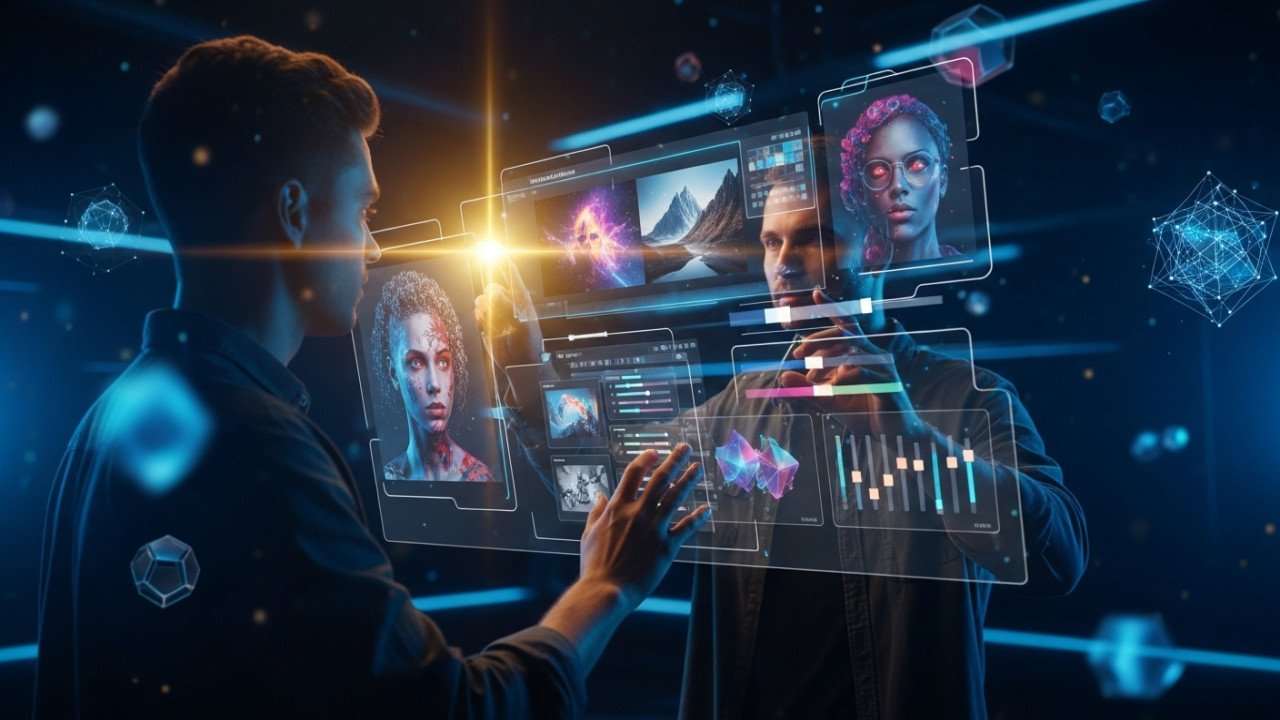
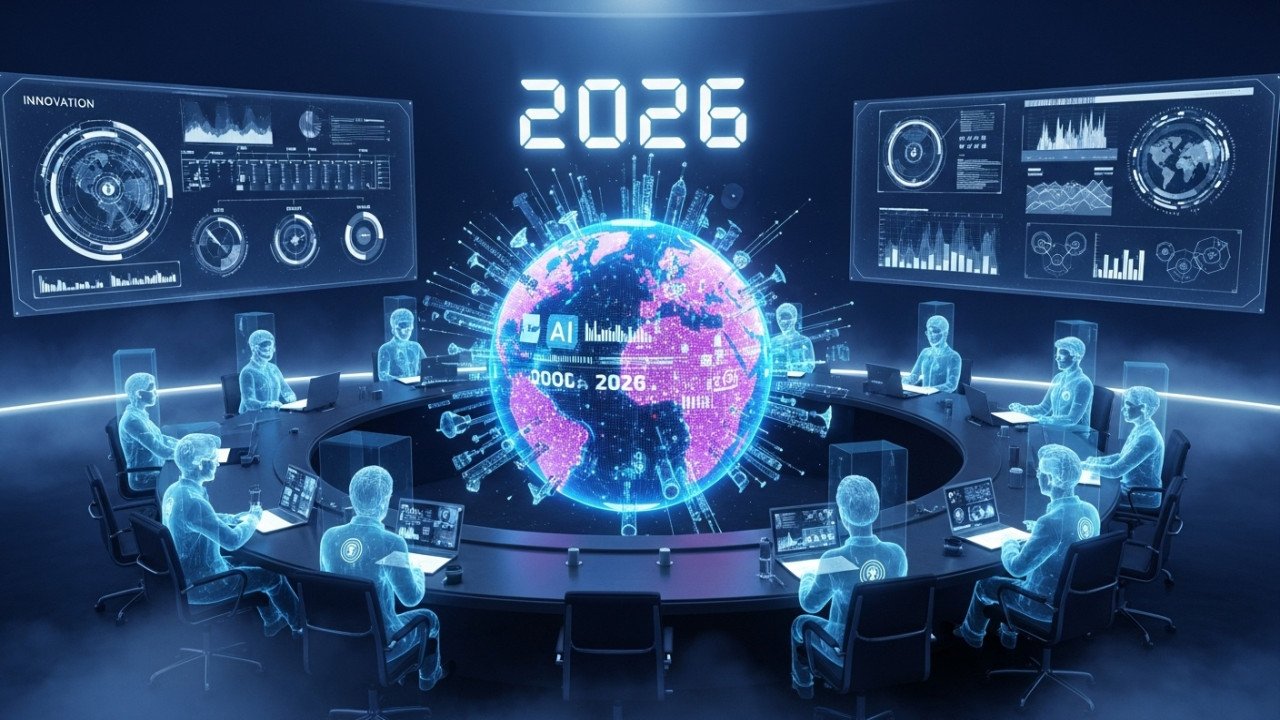


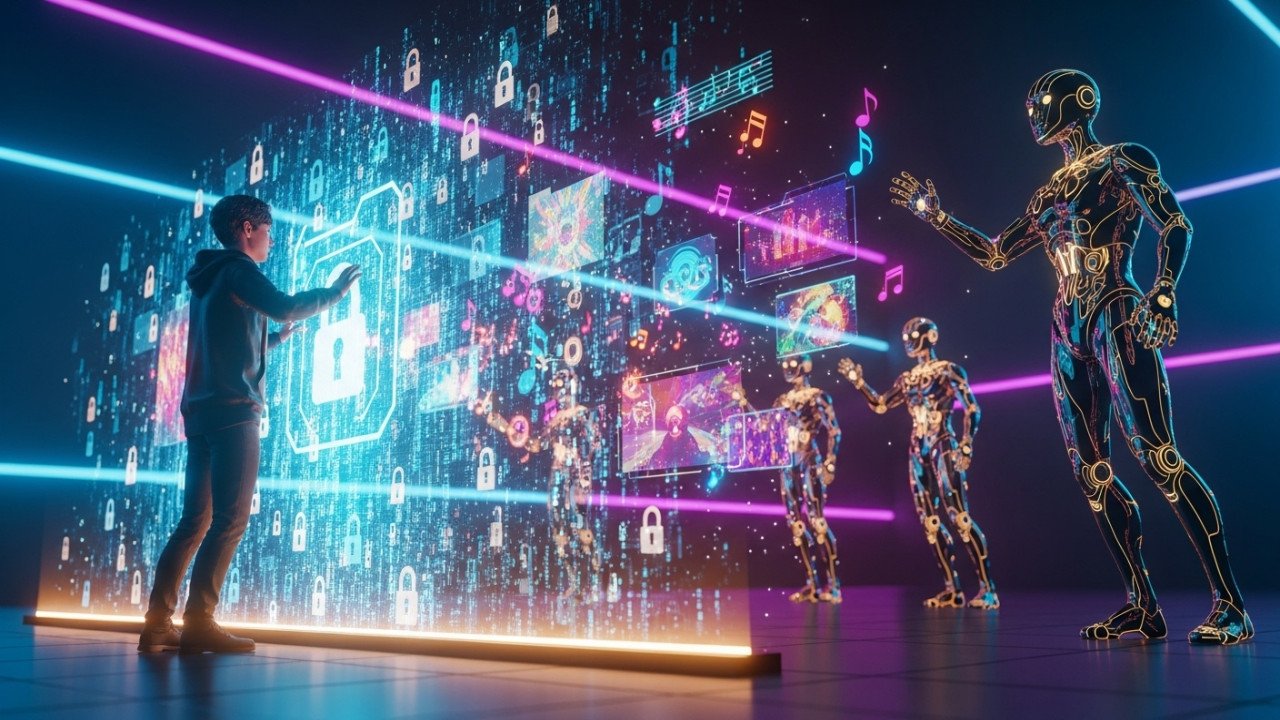

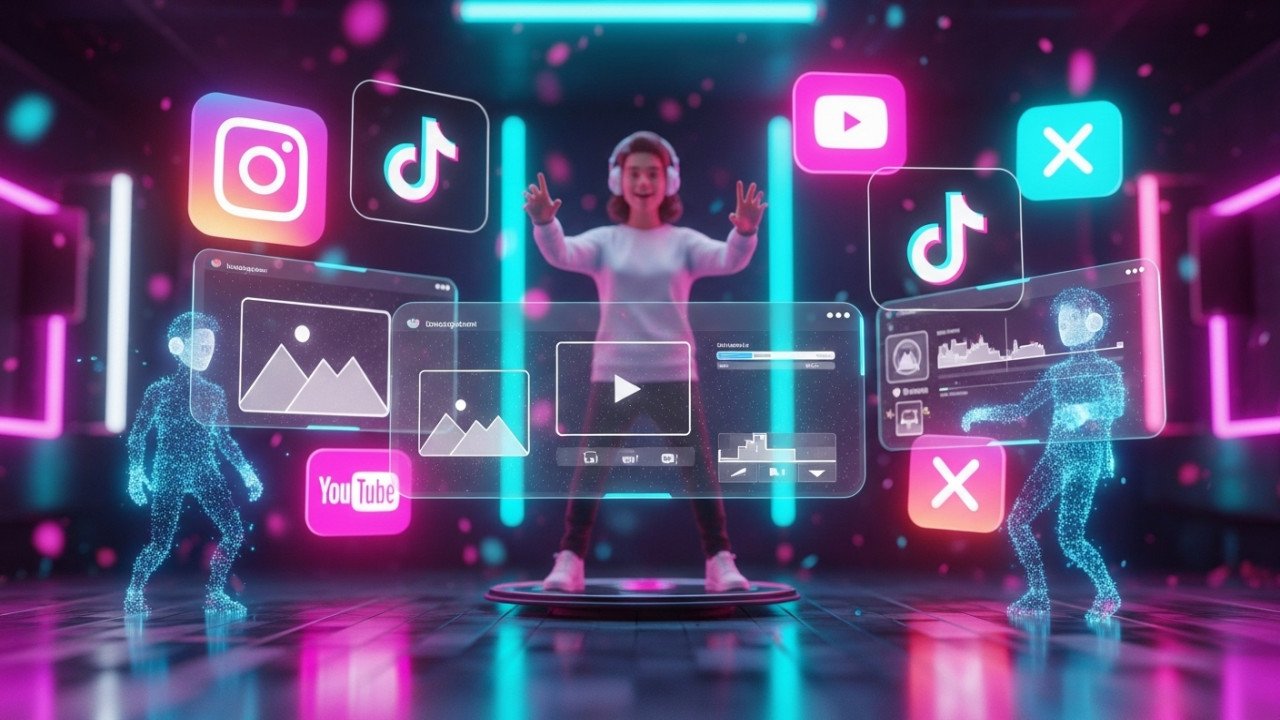

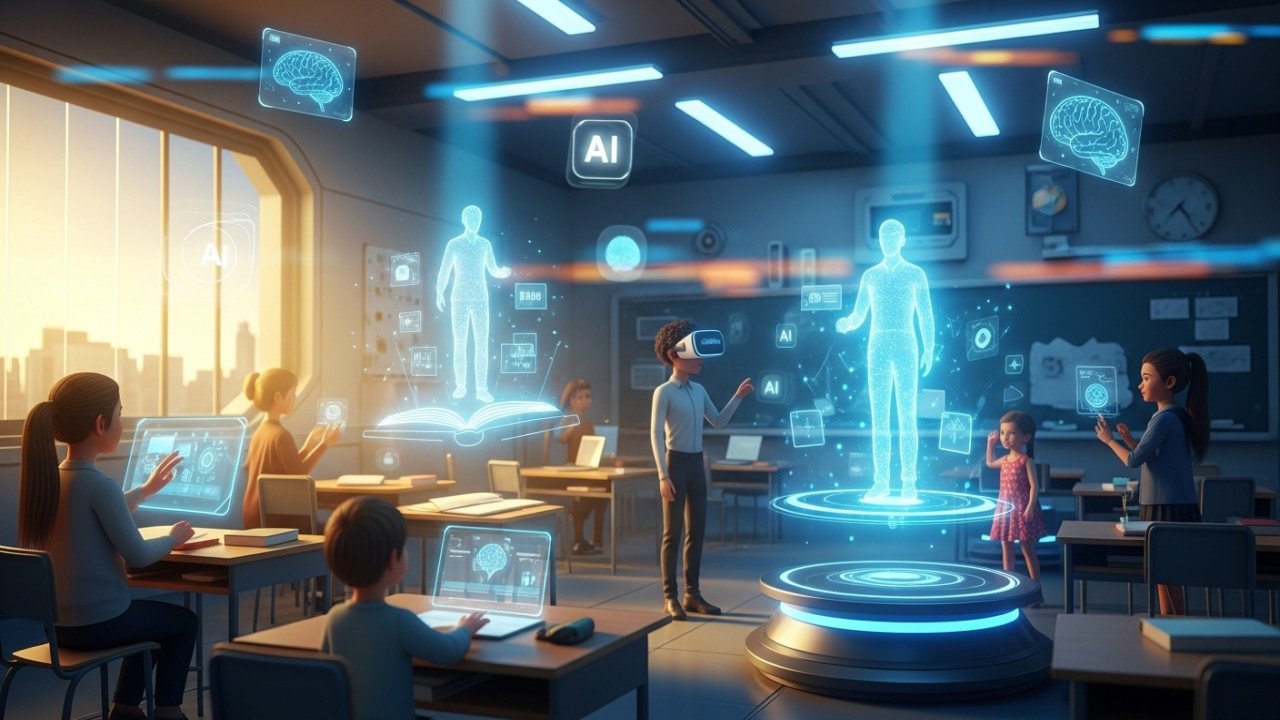
Comments (0)
No comments found